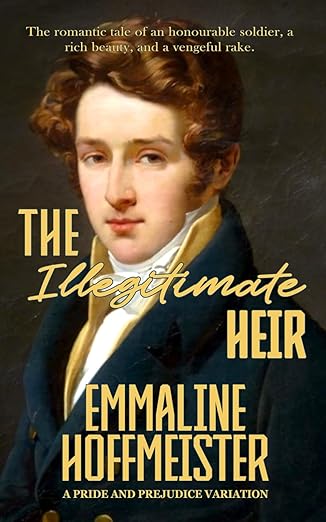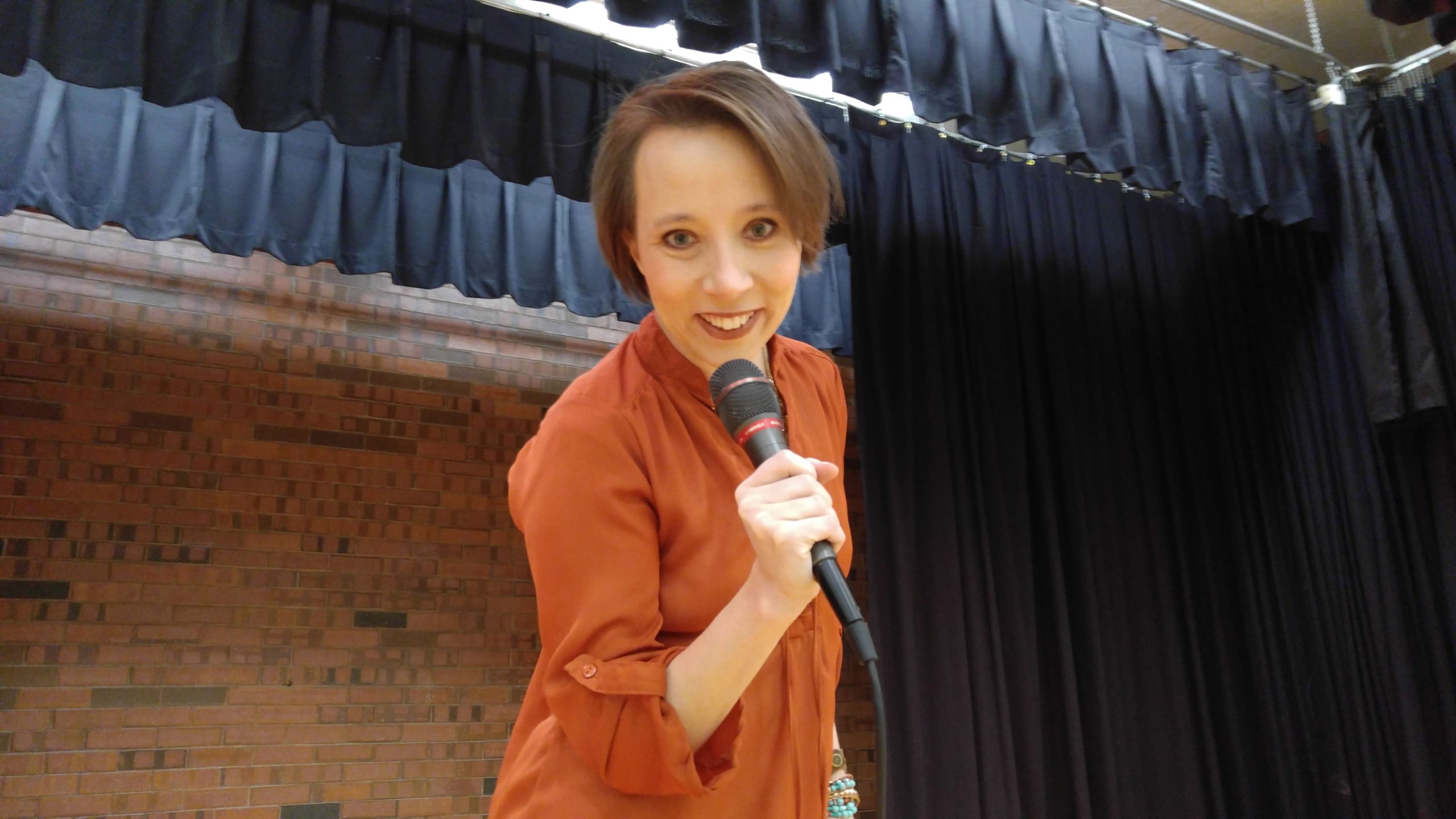Emmaline Hoffmeister presented an advanced writing class during the 2024 writing conference: How to Tie Real-Life into Fiction
As a bestselling author of Regency Romance, I often draw on my personal experiences and observations of the world around me to craft interesting stories that resonate with readers. On December 13, 2024, I had the pleasure of sharing my insights in a presentation titled “How to Tie Real-Life Events Into Fiction” with fellow writers and aspiring authors. It was an enriching experience to explore how reality can inspire fiction in ways that feel both authentic and imaginative.
Do you know the statement: “Real life is often better than fiction.”
That’s a statement I truly believe. This statement reflects the idea that real-life events, emotions, and coincidences can be more extraordinary, surprising, or profound than anything a writer could invent. It suggests that reality’s richness and complexity often surpass the constraints of fiction because life is not bound by the need for a structured narrative or believability.
This perspective underscores the importance of drawing inspiration from real-life experiences in storytelling. When incorporated into fiction, these authentic elements can add depth, relatability, and a sense of wonder that resonates strongly with readers.
As Mark Twain once said, “Truth is stranger than fiction, but it is because fiction is obliged to stick to possibilities; truth isn’t.”
This highlights how real-life’s unpredictability often outshines what fiction can safely explore without losing its audience’s suspension of disbelief.
1. Why Real-Life Events Matter in Fiction
Real-life events serve as the emotional bedrock for fictional stories. They add:
- Authenticity: Readers connect with characters and plots grounded in truth.
- Relatability: Drawing from shared experiences creates an emotional bond between the author and the audience.
- Depth: Real events often carry layers of complexity that enrich fictional narratives.
During the presentation, I emphasized that the goal isn’t to replicate reality but to reinterpret it through a creative lens.
2. Transforming Reality Into Story
Here’s a step-by-step approach to integrating real-life events into fiction:
- Identify Meaningful Moments: Reflect on impactful experiences. These could be life-changing events, ordinary moments with emotional weight, or even observations of others.
- For example, the horrible accident in my novel Left Behind is inspired by a real-life event that took place the day before my husband and I were married in 1998. In addition, as a mother of a missionary I have woven in the dynamics of the LDS community.
- Extract Universal Themes: Find the broader themes that resonate beyond your personal experience. In The Illegitimate Heir and Threat of Scandal, I explored themes of love, duty, and societal expectations. The Regency Era may have been many years ago, but the expectations are still relative today.
- Reimagine Details: Change the specifics to protect privacy and fit your story’s context. Alter names, settings, or outcomes to create a blend of truth and creativity.
- The accident I mentioned from Left Behind was not as severe as the accident in my novel. The jack-knifed trucked in real-life was able to get under control without hitting a single car, but it was the single most terrifying traffic event I have ever witnessed or almost been party to. To be honest, I was so afraid of dying that day. The day before my wedding where I would be sealed to my eternal companion.
3. Fictionalizing Personal Experiences
During the session, I shared how to fictionalize personal experiences effectively:
- Character Creation: Base characters on composites of real people rather than direct replicas. This adds depth while maintaining creative freedom.
- Setting the Scene: Use locations you know well as inspiration but adapt them to serve your story. In my contemporary novels, the landscapes are drawn from places I’ve lived and loved, reimagined to fit the narrative.
- Conflict and Resolution: Real-life conflicts don’t always resolve neatly, but fiction allows you to craft satisfying conclusions, or turn them into more horrific events. You can write them to suit your needs.
4. The Emotional Truth of Fiction
Above all, I encouraged attendees to focus on emotional truth. Even when the facts are altered, the feelings should remain genuine. Readers can sense when emotions are authentic, making the story more impactful.
I admitted to those present that I cry writing my novels, I cry editing my novels, and I cry reading my novels.
5. Pitfalls to Avoid
I also addressed common mistakes:
- Too Much Detail: Avoid overwhelming the reader with excessive realism. Pare down to the essentials.
- Lack of Distance: Writing about recent or unresolved personal events can cloud objectivity.
- Overt Autobiography: Ensure your story doesn’t read like a diary unless that’s your intent.
6. Real-Life Examples from My Writing
To illustrate these points, I shared examples from my own books:
- In The Illegitimate Heir, Colonel Fitzwilliam’s struggles are inspired by themes of identity and belonging as well as societal expectations.
- In Left Behind, I used many real-life events and twisted and turned them hither and thither to make them into a compelling story.
- A fun fact about Scent of Desire is that the flowers are real, their uses are real, and the perfume Mr Darcy creates in the novel is real.
- Location: Many of my stories are set in real-life locations which bring authenticity and life to them. With my contemporary novels, a reader could pull up Google Maps and travel the same roads with the characters. The individual homes or shops may not be on the map, but the roads are.
7. Engaging Readers with Authenticity
I closed the presentation by encouraging writers to remain true to themselves. When you write from a place of honesty and passion, your stories will naturally connect with readers. Using real-life events as a springboard ensures that your fiction is rooted in truth, even as it takes flight into imagination.
Final Thoughts
The December 17, 2024 presentation was a delightful opportunity to connect with fellow writers and discuss the craft of storytelling. Writing is, after all, a beautiful blend of reality and creativity. By weaving real-life events into fiction, we create stories that entertain, inspire, and linger in the hearts of readers long after they turn the final page.
Are you inspired to turn your own experiences into captivating fiction? Share your thoughts and questions in the comments below—I’d love to hear your stories!

























